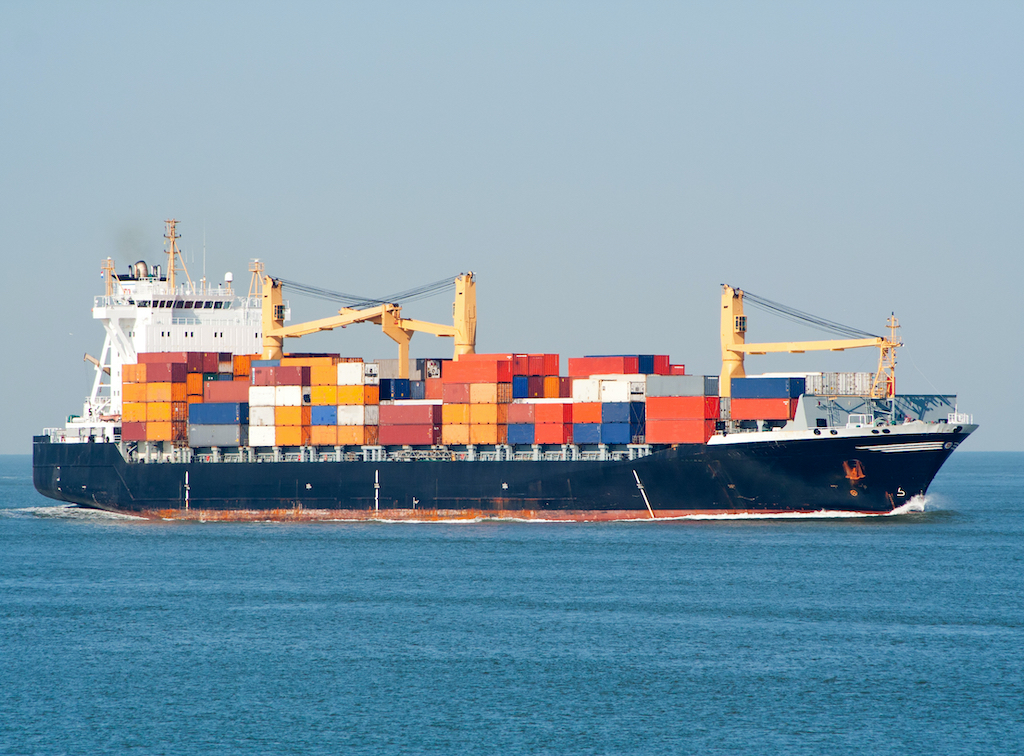The lifetime of modern vessels lasts from 25 to 30 years, before the layer of corrosion starts covering them, the engines have defects and other types of wear and tear that make the operation of ship not only expensive, but also dangerous. Then the operators face the considerable dilemma – what to do with the large floating equipment that is of no use anymore. Scrapping of vessels enables to obtain the valuable steel and to recycle into new articles, besides, fittings and other equipment situated on a vessel, may be used repeatedly.
Every year there are around thousand large vessels scrapped, out of which most vessels are scrapped at Asian seashores. The employees risk with their lives, suffer from the influence of toxic substances, and seashore ecosystems are destroyed.
There are concerns with regard the use of the poorest countries without strict environmental legislation, because, for good reason, it is considered one the most dangerous sectors in the world. Environmentalists and trade unions state that there is necessary a new legislative action to reduce the constant number of workers’ deaths and injuries.
Chittagong now is the world’s largest centre of scrapping vessels, where there are annually on average 230 vessels recycled and 10 million tons of steel produced – up to 60% out of all steel used in Bangladesh. Besides, the above mentioned trade transactions often lack “transparency”.
Reconstruction instead of Shipbreaking
One of the alternatives would be at least trying to give the second chance for a worn out ship, namely, to reconstruct it.
Welcomed are the attempts of different companies to implement such plans as, for example, to install additional wind-assisted propulsion systems, to use different hybrid-solutions with electric traction system, to combine diesel and battery energy.
As another type of solution is the conversion of a large and long vessel by converting the damaged sections, in order it could serve for a certain period longer, however, this should be done by outstanding professionals of the field, and there should be evaluated the costs of investments.

Figure – Conversion of a Vessel.
Source: https://krz-fa.com/services/conversion-and-modernization-of-vessels-2.html
At present Peking has made considerable efforts to modernize its fleet. Russia also has become aware of the necessity to modernize its fleet, because most of the bulk and dry bulk vessels soon will quit their operation. However, the time of the use of some vessels may be prolonged by using new engine brands of foreign manufacturers that are used the dry bulk and bulk vessels; this considerably reduces operational and diesel engine repair costs, as well as prolong their life-time.
The Advantages of Using Alternative Resources
An electric engine vessel will be more expensive solution than the hybrid-vessels; however, both of them will not be appropriate for long-distance transportation, therefore also here the manufacturers have several challenges to deal with in the nearest future.
Norway has already offered the world’s first autonomous electric container vessel ‘Yara Birkeland’, which will change the cargo transportation in the sea. It is planned that the operation of the ship will be commenced this year, the batteries of the ship will withstand from seven and a half up to nine megawatt hours. Since the battery technology has not been sufficiently developed for long distances, the ship will be operated only on short routes. However, it is a considerable step, so that Norway could position itself as a pioneer, offering an alternative traction system. Taking into consideration this geographic location and country’s rich hydro-electric resources, there is no wonder that Norwegians have made progress regarding the development of electric shipping. By 2023 all country’s ferry fleet will be either completely electric or for the long-distance routes it will be equipped with hybrid-technology, state experts. Norway already now is the world’s leader regarding the introduction of electric vehicles, which is considerably stimulated by hydro-energy that ensures 98% of country’s electricity.
Other countries – including Finland, the Netherlands, China, Denmark and Sweden – also start placing on the market the electric vessels. For example, last year China ordered the 230 feet long electric cargo ship that ironically transports coal in the Pearl River.
If electrification of world’s automobile and truck fleet is a difficult challenge, then the transformation of world’s shipping fleet from considerably polluting heavy fuel oil and diesel to renewable energy sources. It should be taken into account that a new electric ferry decreases amount of CO2 emissions by 95%, but operational costs – by 80%.
Using of solar and wind energy for the cargo ships in the field of commercial carriage by now was undeservedly forgotten resource. Alike sailing ships, even if they do not provide for the main propulsion, if they are combined with other modern technologies, it is possible to attain great alternative results.
The transformation of world’s shipping using renewable energy is a long-term goal, and, according to experts, it will be necessary to develop more complex battery technologies and new legislation.



